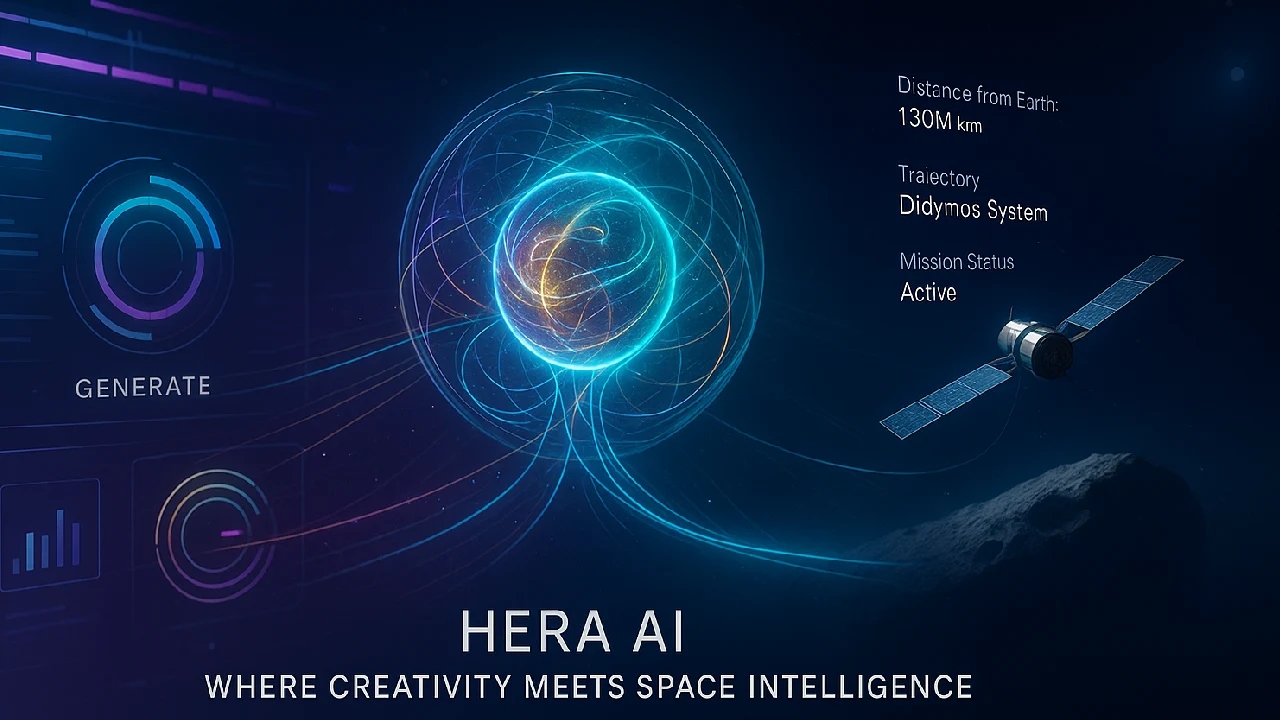Microsoft MAI Voice 1 provides ultra-fast, human-like speech, and MAI 1 offers a 500B parameter text AI that rivals GPT-4, changing Copilot and future AI experiences.

Microsoft MAI Voice 1 and MAI 1-preview are the company’s most recent in-house AI models, indicating a strong step toward independence from OpenAI. With these models, Microsoft is changing AI by developing its own large-scale text and voice technologies. MAI Voice 1 revolutionizes voice synthesis with expressive, natural audio, and MAI 1-preview establishes Microsoft as a strong contender in the large language model race.
What is Microsoft MAI Voice 1
Microsoft MAI Voice 1 is a cutting-edge speech generation model that prioritizes expressiveness, naturalness, and high-fidelity voice output. It is intended to generate realistic sounds for both single and multi-speaker configurations. Microsoft sees speech as the next big interface for AI companions, which will help make digital assistants more human and relatable.
Key highlights:
- Ultra-fast generation – 1 minute of audio in under a second on a single GPU
- Smooth, natural pacing – speech feels human-like, not robotic
- Creative use cases – “choose your adventure” stories, guided meditations, podcasts
- Comparison edge – performs better than OpenAI’s real-time voice model in side-by-side tests
This concept is already available on Copilot Daily and Microsoft Podcasts, with early examples available via Copilot Labs.
How MAI-Voice-1 Works
MAI-Voice-1 builds on Microsoft’s experience with deep neural networks for text-to-speech (TTS). Unlike traditional systems, which struggle with rhythm and intonation, it bridges these gaps using advanced prosody modeling. Developers can additionally fine-tune voices using SSML (Speech Synthesis Markup Language), add new voices, and integrate facial motion data with visemes.
The end result is faster, more expressive, and more personalized voice output, paving the door for conversational AI experiences in education, entertainment, accessibility, and daily productivity.
What is Microsoft MAI-1 Preview
MAI-1-preview (also known as MAI-1) is Microsoft’s initial in-house text foundation model. With 500 billion parameters and a mixture-of-experts (MoE) design, it is designed to handle large-scale text production and instruction following.
Training insights:
- Trained on ~15,000 NVIDIA H100 GPUs
- 500B parameters – larger than Meta’s LLaMA 2 (70B) but smaller than GPT-4 (~1T+)
- MoE architecture – efficient, scalable, and cost-effective
- Positioning – more powerful than GPT-3, but below GPT-4
MAI-1-preview is presently ranked 13th on LMArena, surpassing GPT-4.1 Flash but trailing Google Gemini 2.5 Flash.
Why Microsoft MAI-1 Matters
This launch is significant for three reasons:
- Strategic Independence – Microsoft now builds its own AI, reducing reliance on OpenAI.
- Enterprise Control – Owning the model means tighter integration with Azure, Bing, and Copilot.
- Competitive Edge – MAI-1 positions Microsoft directly against OpenAI GPT-5, Google Gemini, and Anthropic Claude.
Unlike lightweight models that run on consumer devices, MAI-1’s 500B parameters mean it will likely remain data center-only, powering cloud-based services.
Benefits and Use Cases
- For Creators: MAI-Voice-1 enables storytelling, podcasts, and meditation guides with natural voices.
- For Enterprises: MAI-1 integrates with Microsoft 365 Copilot for productivity workflows.
- For Developers: APIs in Azure will unlock access to speech synthesis and large-scale text generation.
- For Users: More human-like Copilot experiences with personalized voice and smarter responses.
Final Take
The MAI-Voice-1 and MAI-1-preview models are more than just incremental changes; they represent a fundamental shift at Microsoft. Microsoft has shifted from infrastructure partner to direct model developer, gaining control of its AI future. The use of expressive speech and a vast 500B-parameter text model increases the Copilot ecosystem and enterprise offerings. If expanded properly, these models have the potential to transform how millions of users interact with Microsoft programs on a daily basis.







